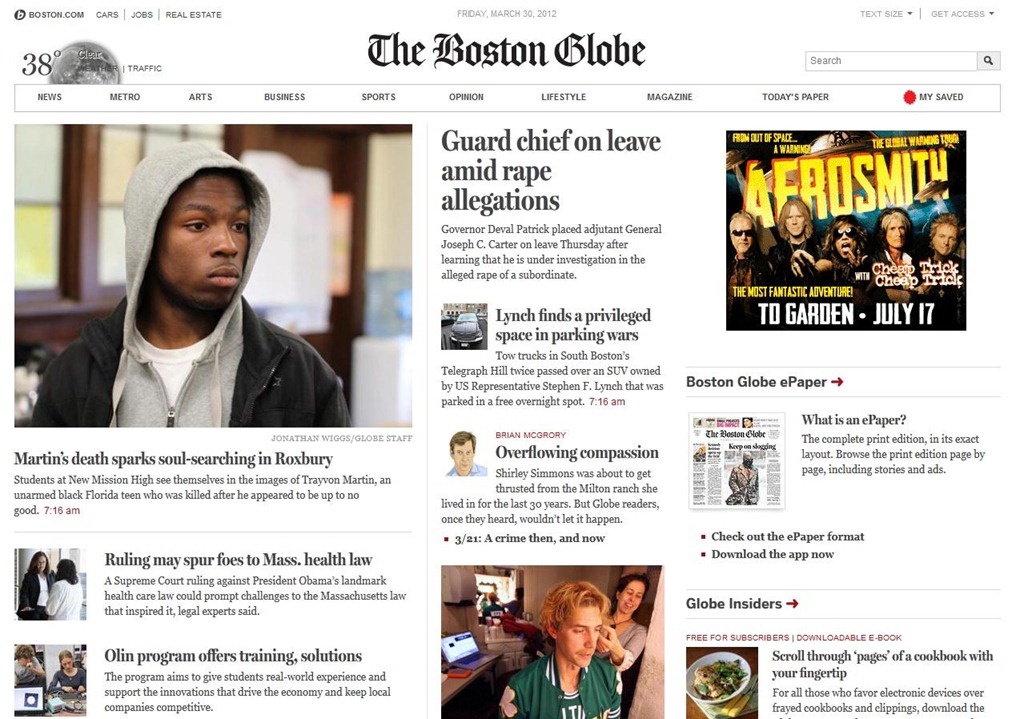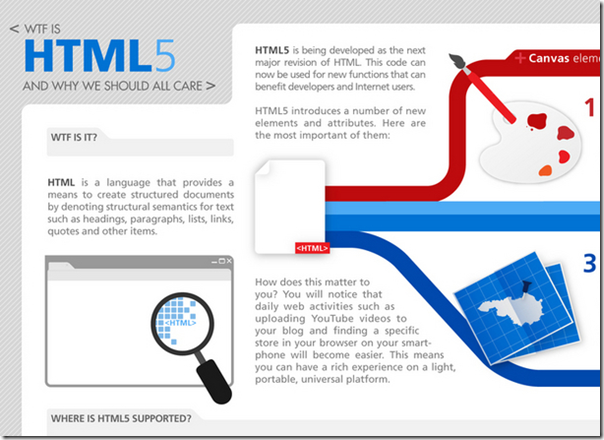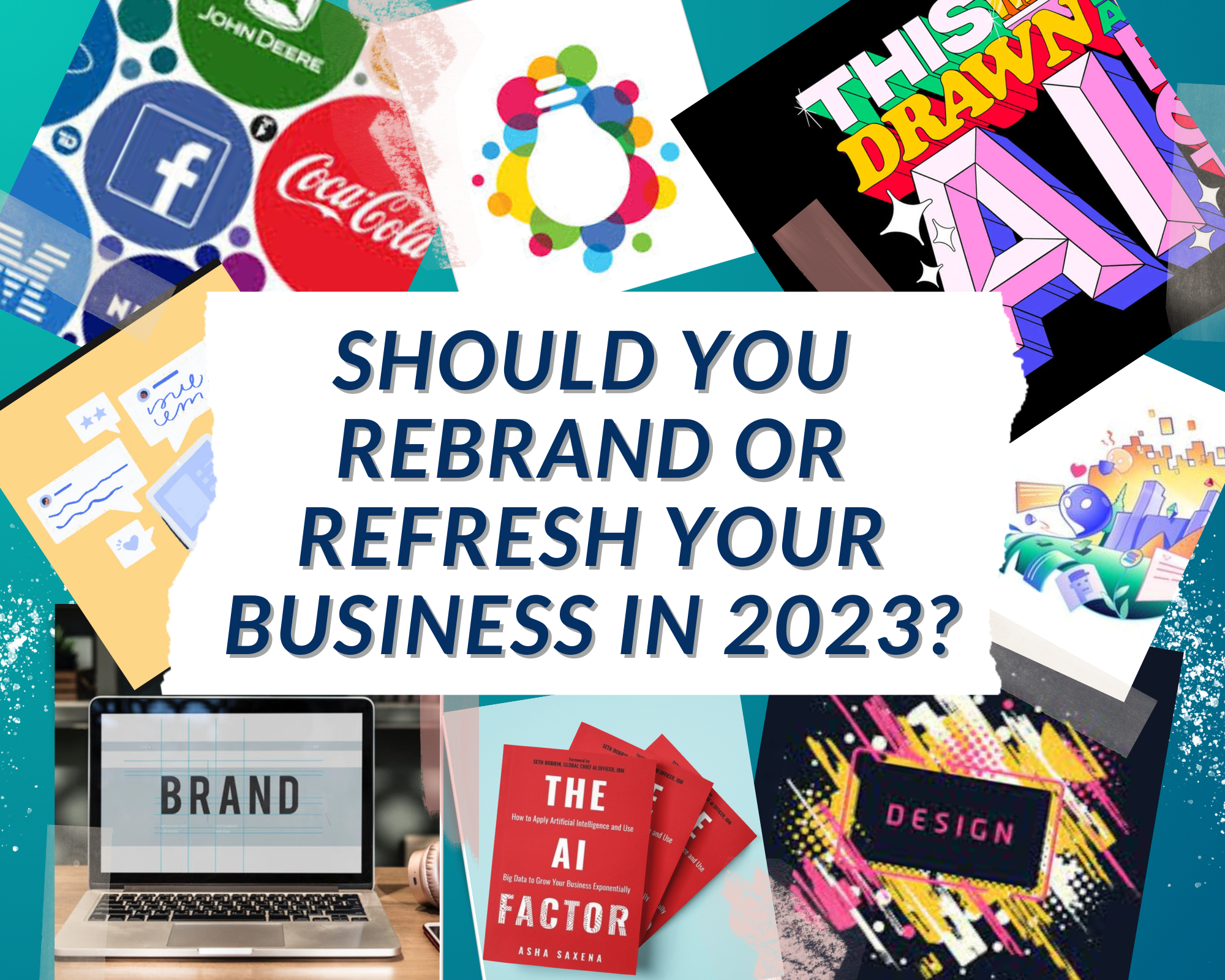Businesses, there are so many reasons why you should adopt HTML5 now.
By Andrew Broadbent
You’ve probably heard the term ‘HTML5′ a lot recently, but what does it mean for companies and business owners? Should you have your website built or redesigned in it?
HTML5 is the updated version of the online code used to design and build websites. This updated browser-based programming language can make your sites content a lot more interactive and accessible, with app-like usability and mobile-friendly delivery. HTML5 is still under development, but many companies are interested in recruiting. In fact, the Mobile Search Study by Google expects that 80% of the world’s 2,000 largest websites will take on HTML5 before New Year’s.
What’s the appeal? This fifth generation of web coding language is highly skilled at facilitating interactivity and integrating multimedia for standard and mobile websites. Basically, it lets programmers integrate multimedia -videos, pictures, graphics and words (that are not stagnate) with its mainframe, omitting the need for Flash and other third parties or plug-ins. It also enhances SEO and is cross-platform; you can code just once and cover Firefox, Google Chrome, iPads, iPhones, Apple Safari, Opera, and other platforms. People with font fetishes will also be pleased; HTML5 opens a new world.
You’ll likely take on HTML5’s services at some point. Should you make the move soon?
HTML5 is already being used by almost 50% of web developers. It’s a crucial tool for most game sites and mobile apps. As web developers and media managers, we know that virtually every other industry can benefit too. Here are a few reasons why.
Why Your Site Should Use HTML5
HTML5 is clearly poised to subsume the old guard (that’s HTML4, XHTML1, and their cross-platform interface, DOM Level 2 HTML).
Both Google and Apple are pushing its adoption in order to support advanced interactivity or “responsive web design.”
What is responsive web design?

Need more convincing? Here are additional reasons we recommend making the move soon:
- “Everybody” will be using HTML5. This isn’t about keeping up with the Joneses for pride’s sake. Even if “everybody” is just a few key competitors, you could lose your target audience’s attention when other websites become easier to find, faster and easier to use, and more engaging than yours.
- Your site might lose support. The HTML5 syntax is compatible with HTML4. Still, eventually during the reign of HTML5, it’s possible that your HTML4 website won’t just be slow and relatively dull – it will be incompatible with popular browsers and parsers.
- You’ll save money on coding. HTML5 eliminates the need to use time-consuming third-party programs such as Flash and Silverlight. Imagine that!
Furthermore, HTML5 is compatible with a wide range of browsers. You can build a site ONCE instead of tweaking code for Google Chrome, Mozilla Firefox, Apple Safari, iPhone/iPad and so forth. Thus coders can complete projects in less time.
- Your page structure will be clearer. New indicators in HTML5 clarify the roles of webpage items. This helps search engines identify relevant search results. (Translation: It’s good for SEO.) Some new elements include:
- Article – Indicates that the content is a blog entry or news article
- Aside – Denotes content that is only somewhat related to the rest of the page
- Figcaption – Represents a figure caption
- Footer – Indicates an area for author information, copyright information, etc.
More Examples of How HTML5 Works
Loading speed is a major advantage of the new markup language. How is this accomplished? One strategy involves saving a step in data verification. With HTML5, coders can let users provide their own data verification. For example, HTML5 can work with the user’s iPhone calendar to submit a defined date format to the server. This reduces the time spent waiting for feedback.
You can read about the many reasons for performance differences between HTML4 and HTML5 in the official HTML5 editors’ draft. The latest draft lists dozens of changes to the HTML syntax, language, APIs and content model.
In Conclusion…
If you’re building a new website, then the new code is an obvious choice; you can layer it with CSS and get a great-looking site with the latest functions. But should you make the switch soon for an established website? At VabMedia, we say yes. We can’t say no to enhanced speed, superior interactivity and staying cutting-edge.
[author] [author_image timthumb=’off”]https://www.vabulous.com/wp-content/uploads/2011/01/jorieoffice.jpg[/author_image] [author_info]Jorie Henrickson is among our top copywriters. She writes and rewrites creative content to help websites draw traffic organically and keep visitors engaged. A highly adaptable writer, Jorie has extensive experience with traditional and SEO writing for academic, corporate, and non-profit organizations. Connect with Jorie on linkedin: Jorie Henrickson – SEO Writer on LinkedIn. Add her to your circle on Google+. [/author_info] [/author]






One Response